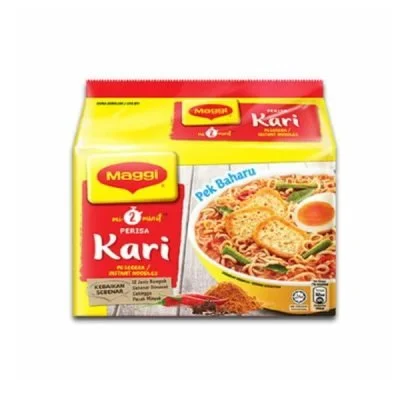What is Suji
Suji is basically a Semolina, it is the coarse, purified wheat middlings of durum wheat mainly used in making upma, pasta, and couscous. The word semolina can also refer to a sweet dessert made from semolina and milk. The term semolina is also used to designate coarse middlings from other varieties of wheat, and from other grains, such as rice and maize.
The special thing about this cookie is it melts in one’s mouth !! You could say its something like Melting Moments but the difference is it uses ghee instead of butter. It’s not made with suji and we still don’t know why many refer it as Suji Cookies. It has another name too, Arab Cookies. It has been a famous cookie here in Malaysia for many many years.
History
For centuries, semolina has been linked with the cuisines of Europe and the Middle East. The durum wheat flour is used extensively in dishes like couscous krupicová kaše (a sweet porridge-pudding), and fresh Italian pasta and bread. Even the name itself is rooted in the Italian word semola, meaning bran. But 6,000 miles east, nearly half a world away, semolina can be found in the waning heritage of Eurasian cooking in Malaysia and Singapore, in the form of a rich, nutty dessert called sugee cake.
For Eurasians (people of mixed European and Asian ancestry) in the region, sugee cake is an essential dessert. It’s made with an excess of creamed butter, whipped eggs for fluffy levity, and more often than not, a bit of brandy. But instead of using bland, industrially milled wheat flour to coax the butter and eggs into cake form, sugee cake makes use of semolina, which when toasted has a deliciously nutty scent and a sweet heartiness as warming as a hug from an Italian nonna (or in this case, a Eurasian auntie). A bit of crushed or ground almonds are often added, too, further complementing the earthy fragrance of the semolina. The result is a dessert that, while similar to citrusy Neapolitan Migliaccio (semolina ricotta cakes) and remains (syrup-soaked Greek semolina cakes), doubles down on the robust flavour of semolina without the need for scented syrups or silky cheeses to bolster its appeal.
This cake found its way into a Southeast Asian sub-cuisine through Portugal’s colonization of the Malay Peninsula during the 1600s. Ingredients like lemons, tomatoes, wine, and vinegar appeared for the first time ever in the port cities of Malacca and Singapore. And among it all, there was semolina. The hearty durum wheat, combined with the egg-heavy desserts of Malaysian cuisine at the time, inspired the creation of the hybridized sugee cake.
In the centuries since, however, sugee cake has never quite taken off in the greater cuisine of Malaysia. It is a cake mostly only baked by Eurasian families, many of them fourth or fifth-generation Portuguese-Malays and Portuguese-Chinese, descendants of European settlers who married into the local communities. Despite their colonial ancestry, many of them now consider themselves and are considered, fully Malaysian.





















Reviews
There are no reviews yet.